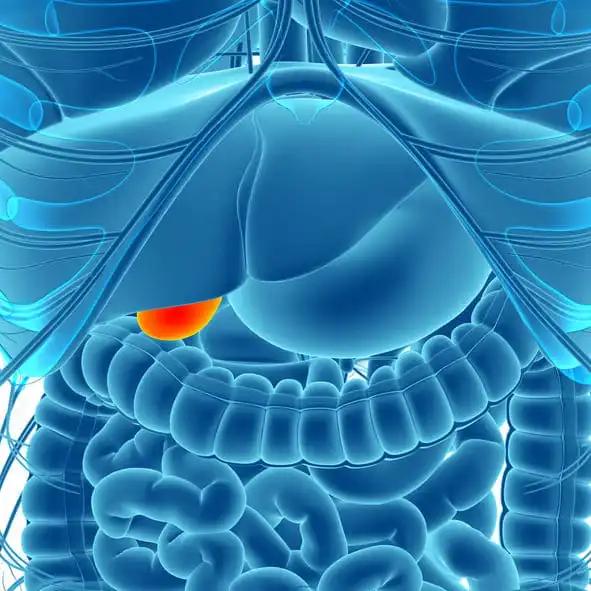KEY TAKEAWAYS
- The ABACUS phase 2 trial aimed to investigate the predictive value of ctDNA dynamics as a surrogate marker for pCR in muscle-invasive urothelial cancer patients.
- Researchers noticed that ctDNA clearance was more accurate than VAF reduction in predicting response/relapse in neoadjuvant trials.
Circulating tumor DNA (ctDNA) is a promising tool in neoadjuvant therapy assessments for various cancers. Its dynamic changes potentially serve as surrogate markers for pathological complete response (pCR), a critical indicator of treatment efficacy.
In the ABACUS trial, which focused on muscle-invasive urothelial cancer (UC) patients unsuitable for standard neoadjuvant cisplatin-based chemotherapy, two cycles of atezolizumab were investigated pre-cystectomy. While primary and secondary endpoint outcomes have been reported.
Matthew Nicholas Young and the team aimed to delve into exploratory biomarker analysis utilizing different ctDNA response definitions. The correlation between these responses and tissue responses at cystectomy, alongside baseline biomarker expression were assessed.
Researchers performed an inclusive analysis including patients with baseline PDL-1, CD8, TMB, and sequential ctDNA measurements (baseline and at cystectomy). ctDNA analysis was conducted using the Signatera assay, with PD-L1 positivity defined as ≥5% of immune cell staining.
The TMB was assessed using the FoundationOne CDx assay, and CD8 measurement was performed via immunohistochemistry analyses. Two definitions of ctDNA response were utilized—ctDNA clearance and a 50% reduction (or greater) in ctDNA variant allele frequency (VAF). Results were then correlated with pCR rate at the time of cystectomy and relapse-free survival.
In the ABACUS trial, 2-year disease-free survival (DFS) and overall survival (OS) rates were 68% and 77%, respectively (N=95). Among 40 patients who underwent sequential DNA analysis, 43% (17/40) achieved pCR, and 20% (8/40) experienced relapse. At baseline, 63% (25/40) of patients were ctDNA-positive, with 40% (10/25) exhibiting a 50% VAF reduction and 8% (3/40) achieving ctDNA clearance. Notably, all patients with ctDNA clearance achieved pCR without relapse.
However, there was no significant association between a 50% VAF reduction and tissue response (pCR) (P=0.24). Further analysis demonstrated no significant association between a 75% ctDNA reduction (rather than 50%) and pCR (p=0.24). Baseline PDL-1 and tumor mutational burden (TMB) were not predictive of pCR (P=0.18, P=0.77, P=0.10, respectively) or ctDNA response (P=0.54, P=0.77, P=0.74) to neoadjuvant atezolizumab. Relapse rates did not significantly differ between ctDNA/PD-L1+ve vs ctDNA+ve/PD-L1-ve patients (16% vs 16%, respectively).
The study concluded that ctDNA clearance, although rare, proves more accurate than a 50% reduction in VAF in predicting response or relapse, which holds significance for ongoing neoadjuvant trials considering this as an endpoint. However, combining immune tissue-based biomarkers with ctDNA does not enhance biomarker accuracy.
The trial is sponsored by Queen Mary University of London
Source: https://meetings.asco.org/abstracts-presentations/230527
Clinical Trial: https://clinicaltrials.gov/study/NCT02662309
Young M N, Szabados B, Assaf Z, et al. (2024). “Predictive value of dynamic changes in ctDNA and baseline biomarkers with neoadjuvant atezolizumab in operable urothelial carcinoma in the ABACUS trial.” Presented At ASCO- GU 2024 ( Abstract 534).



